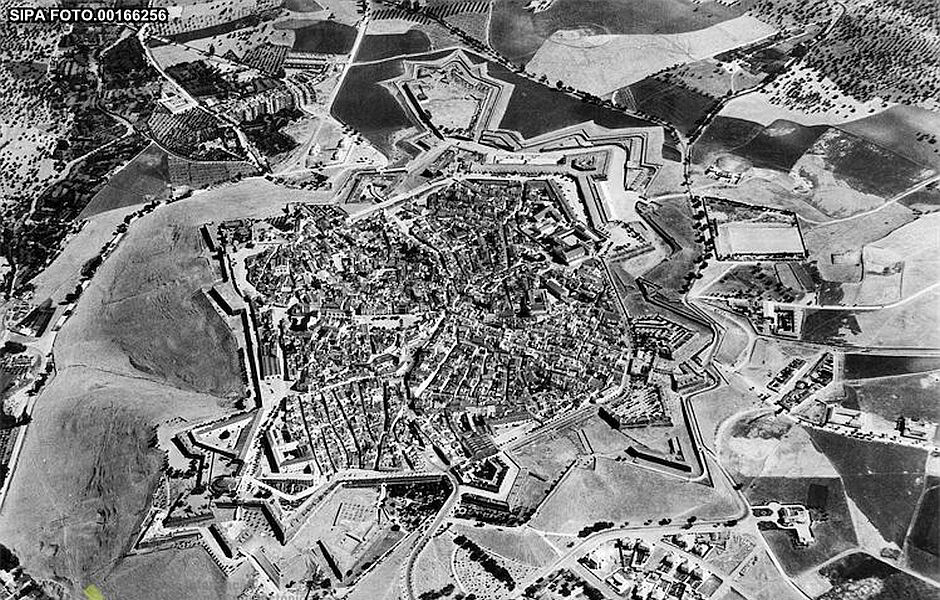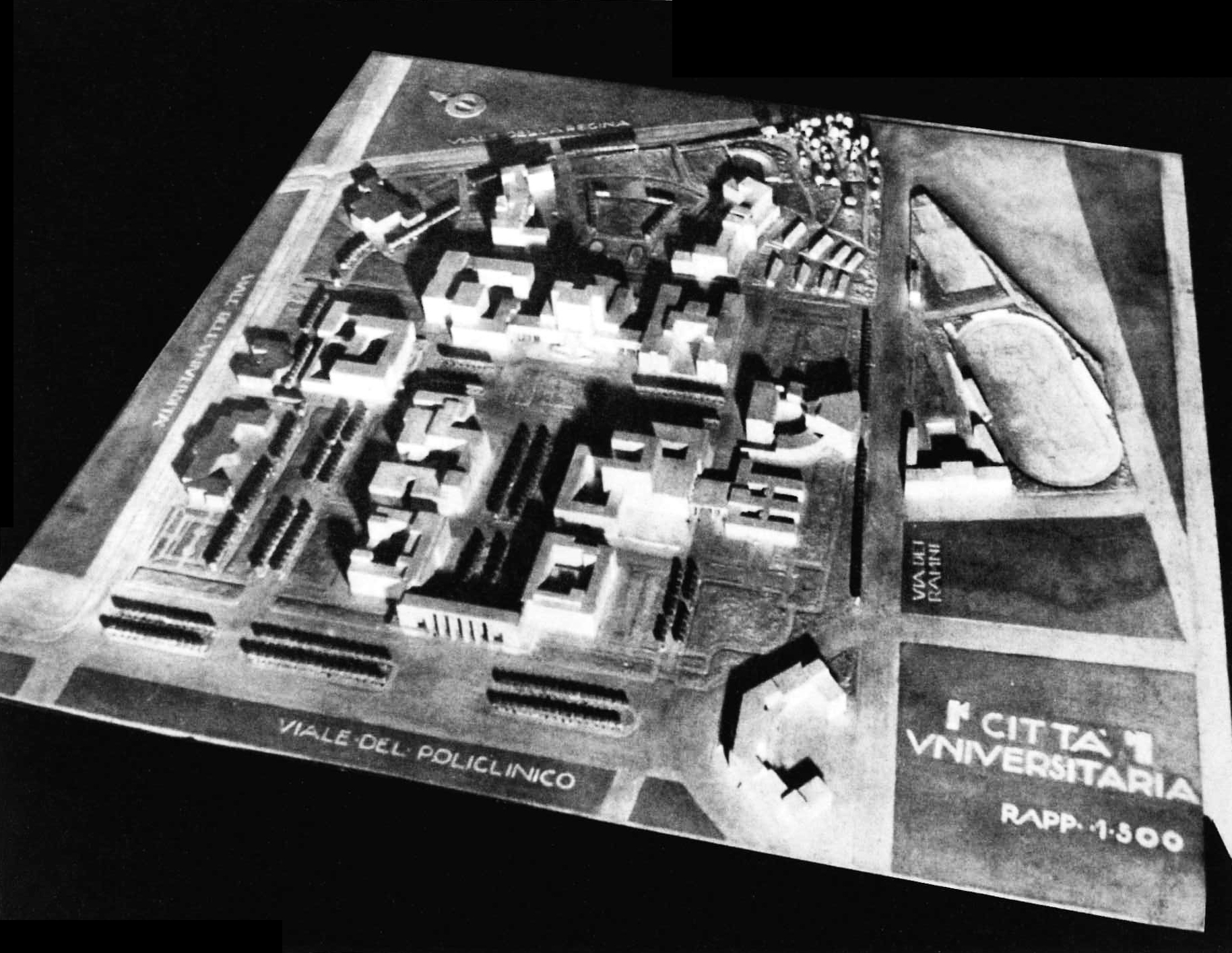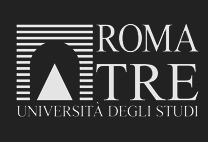PAESAGGIO CULTURALE
Patrimonio nuovo dai valori antichi
Tiziana Casaburi
Nell’odierno dibattito sul paesaggio, iniziato in maniera sistematica già dagli anni ’90, si stanno definendo e caratterizzando sempre più questi “nuovi valori”, già intuiti dai grandi scrittori del passato, alcuni dei quali sono riusciti ad individuare ante litteram gli aspetti principali delle moderne linee di pensiero. In primo luogo l’attenzione è stata posta sulla percezione, che permette di superare la contingenza del territorio e di carpire l’insieme di relazioni e di valori identitari che il paesaggio veicola; quell’aspetto evocativo che ha permesso a Leopardi di produrre uno dei capolavori della poesia italiana, “solo” osservando l’orizzonte dal suo colle solitario.
Thetoday’s debate on the landscape, which has begun systematically since the ’90s, is being more and more defined and characterized by these “new values”, already intuited by the great writers of the past, some of whom had been able to identify ante litteram the main aspects of the modern lines of thoughts. Primarily the emphasis has been placed on the perception, which allows to overcome the contingency of the territory and to glean the set of connections and identity values conveyed by the landscape; the evocative aspect that has allowed Leopardi to produce one of the masterpieces of Italian poetry, “just” watching the horizon from his solitary hill.
Tiziana Casaburi, Dottoranda presso il Dipartimento di Architettura Roma Tre, consegue il titolo di Specialista in storia, conservazione e valorizzazione dei Beni Culturali presso il Politecnico di Torino, dopo aver ottenuto la Laurea Specialistica in Architettura-Restauro presso l’Università Roma Tre. Ha avuto diverse esperienze nel campo dei Beni Culturali, fra cui, per la Direzione Lavori Metro C, ha seguito le fasi di scavo archeologico e gli interventi di salvaguardia sul patrimonio storico-archeologico, e per il Comune di Concordia sulla Secchia (MO), supporto tecnico per gli interventi di risanamento sugli edifici storici colpiti dal sisma del 2012.







